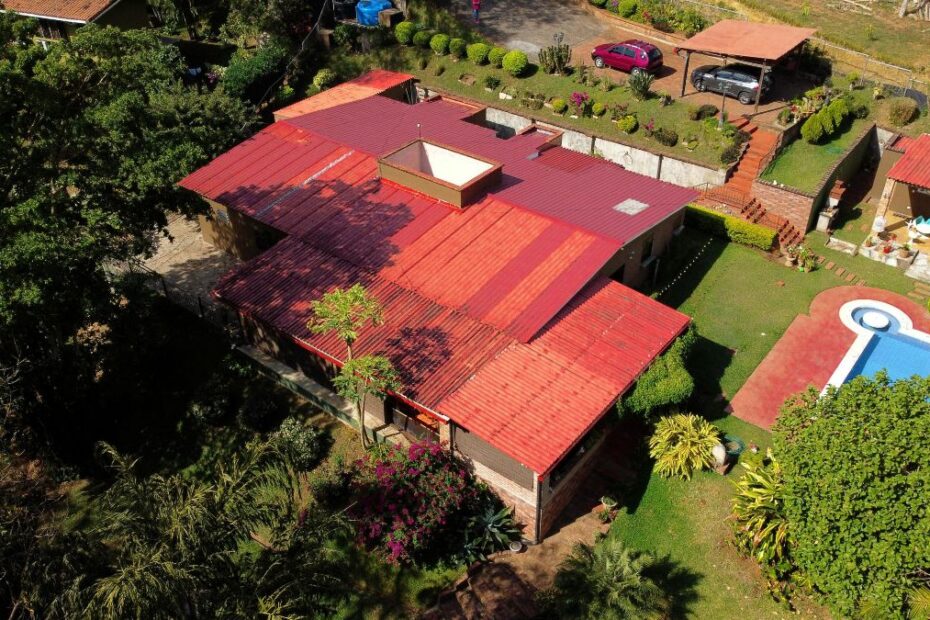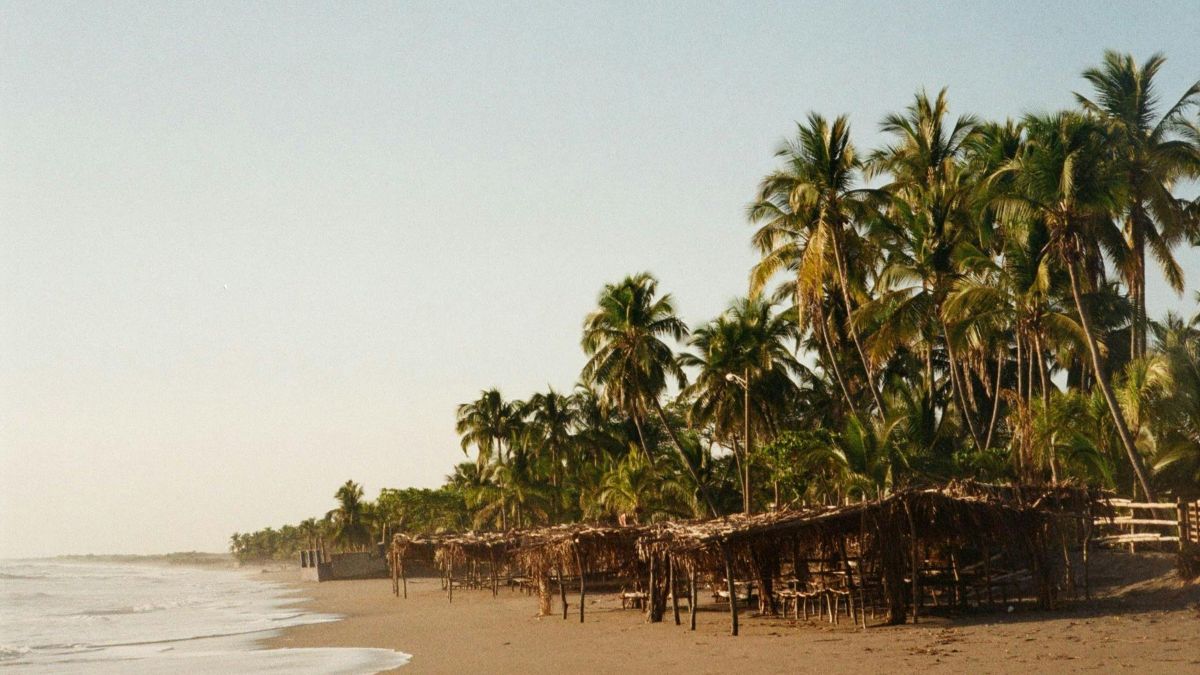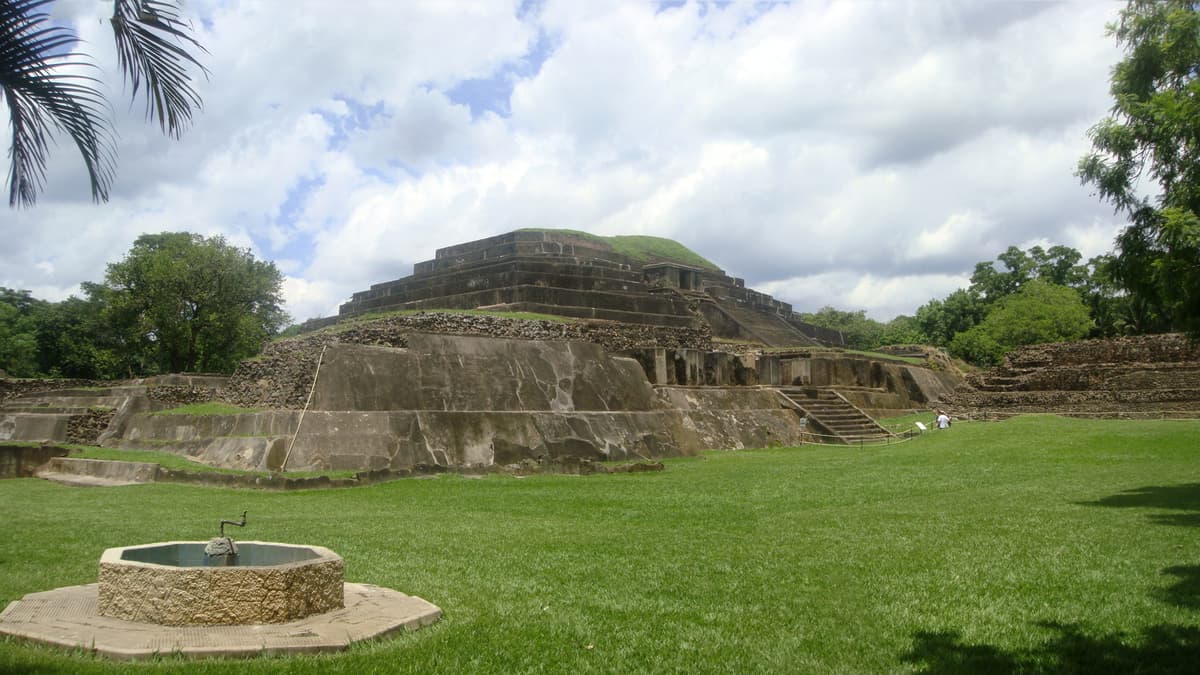El Salvador real estate prices have surged to historic highs in recent years. In this article, we’ll examine what’s driving this growth and assess whether this boom can continue.
Talk of real estate in El Salvador, especially in San Salvador and the coast, tends to go one of two ways: either it’s booming with no end in sight, or it’s heading straight for a correction. Rising prices, new high-rise developments, returning Salvadorans, and an influx of foreign investment have all pushed the market to historic highs. But with affordability slipping out of reach for locals and more properties sitting empty, some are starting to ask whether growth can really continue at this pace. In this article, we look look at what’s driving the real estate market in El Salvador right now, what risks are on the horizon, and whether the boom still has room to run.
San Salvador: Growth, High-Rises, and Uncertainty
San Salvador has seen some of the fastest real estate growth in the country, with mid-range homes in popular neighborhoods now regularly selling for over $200,000. New apartment towers continue to rise, many of them marketed off-plan and snapped up by Salvadorans living in the States. Some of these buildings, however, remain largely unoccupied, raising questions about long-term demand.
A key factor behind the surge is improved security. With the city now safer than at any time in recent memory, Salvadorans abroad are increasingly looking to retire or invest back home. Combined with political stability, infrastructure upgrades, and the dollarized economy, the capital feels like a relatively safe bet. But affordability is a growing concern. Wages haven’t kept up with prices, and most locals are priced out of new developments.
There’s also speculation about saturation. With more units coming online and a rise in properties aimed at short-term rentals, some worry demand could flatten. For now, prices are still holding up, but if the flow of foreign capital slows or a broader economic shock hits, the San Salvador market could face a correction.
El Zonte, El Tunco, and the Beach Real Estate Boom
On the coast, the real estate story is a little different. Areas like El Zonte and El Tunco have seen property values skyrocket, driven in part by the Bitcoin Law which attracted plenty of foreign investor interest, and a steady stream of digital nomads and surfers. In some cases, prices have increased by several hundred percent since 2021, turning once-sleepy beach communities into investment hotspots.
Much of this growth has been speculative. Some buyers are Bitcoin enthusiasts, others are betting on tourism, and many are looking for a foothold in a market they believe is still undervalued by international standards. Short-term rentals remain profitable in top locations, though there are signs of saturation in certain areas. Several buyers entered the market planning to list on Airbnb, but now find themselves competing with dozens of similar listings.
The beach boom has also brought in developers, with gated communities, boutique resorts, and small luxury projects becoming more common. Still, questions remain about long-term infrastructure, environmental impact, and how much more room these towns have to grow. For now, demand is still strong, but it’s a market closely tied to foreign interest, making it sensitive to shifts in global sentiment or cryptocurrency trends.
Looking beyond the usual Central American hotspots? El Salvador's small towns offer affordability, beauty, and authentic living experiences. We've profiled five communities where real estate values are rising but still accessible: https://t.co/ZXJcLCvsXU
— Central America Living (@VidaAmerica) March 6, 2025
The East: La Unión, San Miguel, and What’s Coming Next
While San Salvador and the coast dominate the headlines, eastern El Salvador is quietly gaining attention. Areas like La Unión and San Miguel are drawing interest from both locals and diaspora buyers, largely based on speculation around future development. Much of this is tied to the long-planned Pacific Airport project near La Unión, which, if completed, could transform the region’s economy and connectivity.
Right now, infrastructure is still limited and the region lacks the tourism pull of the central and western parts of the country. But land prices remain relatively low, and some buyers are taking early positions in anticipation of growth. One commenter on a recent The Original Expats in El Salvador Facebook group post stated that more Salvadorans on flights home are saying they’re buying land in La Unión, betting that the airport and coastal development will eventually take off.
San Miguel, already a regional hub, is more developed and could benefit indirectly from the airport as well as growing beach interest along the nearby eastern coastline. For now, these areas remain speculative, with limited services and few signs of immediate transformation. But if major infrastructure plans move forward, the eastern region could be the next frontier of El Salvador’s real estate boom.
Diaspora Buyers and Returnees Are Shaping the Market
A major force behind El Salvador’s real estate boom is its diaspora. With over two million Salvadorans living abroad – mostly in the United States – many are now investing back home, either for retirement, family, or as a hedge against uncertainty in the U.S. market. This steady flow of capital is helping push prices higher, particularly in San Salvador and surrounding areas.
Some buyers are coming home by choice, encouraged by improved security and the desire to reconnect with family. Others are returning due to deportation or changing immigration policies. In either case, returning Salvadorans often have U.S.-based income or savings, giving them a financial edge in a market where many locals are priced out. For Salvadorans living abroad or locals looking to enter the market, financing options such as an online home loan have made it easier to buy property without navigating complex traditional banking processes.
Remittances also play a key role. They support a large share of household income in El Salvador, and many families use these funds to purchase land or homes. While this adds stability to the market, it also creates dependence on U.S. economic and policy trends. If remittance flows were to fall or deportations increase significantly, the impact would ripple through both the housing sector and the broader economy.
Is El Salvador in a Real Estate Bubble?
The question of whether the El Salvador real estate boom is sustainable comes up often, especially in online forums and expat circles. Prices have risen sharply over a short period across the country. In many ways, the growth has been driven by real improvements: better security, stronger investor confidence, and a wave of infrastructure projects. But there are signs of strain.
Affordability is one of the biggest concerns. Local wages haven’t kept pace with rising property values, and the bulk of new development is out of reach for the average Salvadoran. That creates a market dependent on external demand from the diaspora, foreign investors, and short-term renters. If any of these groups slow down, parts of the market could struggle.
There’s also the risk of oversupply in certain segments, especially high-rise apartments in San Salvador and Airbnb-focused beach properties. Some developments are already showing signs of low occupancy. While there’s no clear signal of an imminent crash, the market’s long-term health depends on whether demand can keep up with the pace of new construction and rising prices. If global, political, or economic conditions change, a correction in some areas wouldn’t be surprising.
Where Things Stand and What to Watch
El Salvador’s real estate market is in a strong position for now, especially in areas with strong investor interest or ongoing infrastructure upgrades. Prices have climbed steadily since 2021, and demand from returning Salvadorans, foreign buyers, and short-term rental investors has kept things moving. Confidence is still high in many circles, and the broader economic narrative – security, development, and regional growth – continues to support momentum.
At the same time, the market isn’t without risk. Affordability challenges, political uncertainty abroad, and the potential for oversupply in key areas all raise questions about how long the current trajectory can continue. So far, these risks haven’t slowed the market, but they’re worth keeping an eye on.
For anyone thinking about buying property in El Salvador, timing and location matter. Some areas feel overheated, while others may still offer long-term value. The market isn’t collapsing, and there’s no strong evidence it’s about to. But like in any fast-moving environment, it pays to look past the headlines and focus on the fundamentals.



